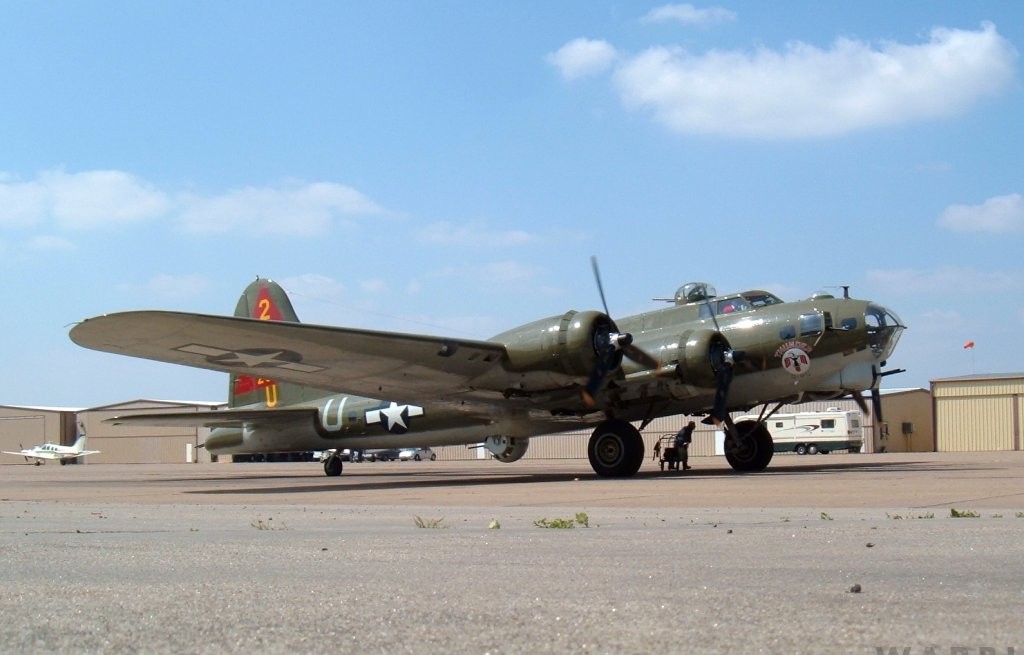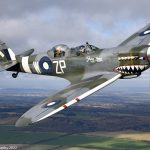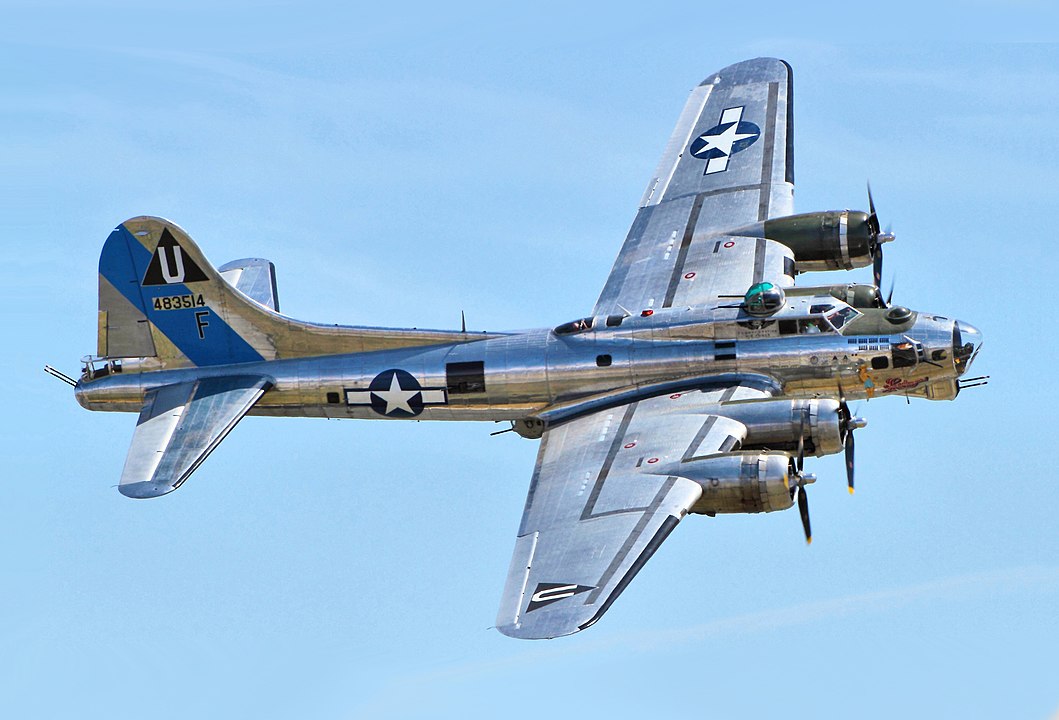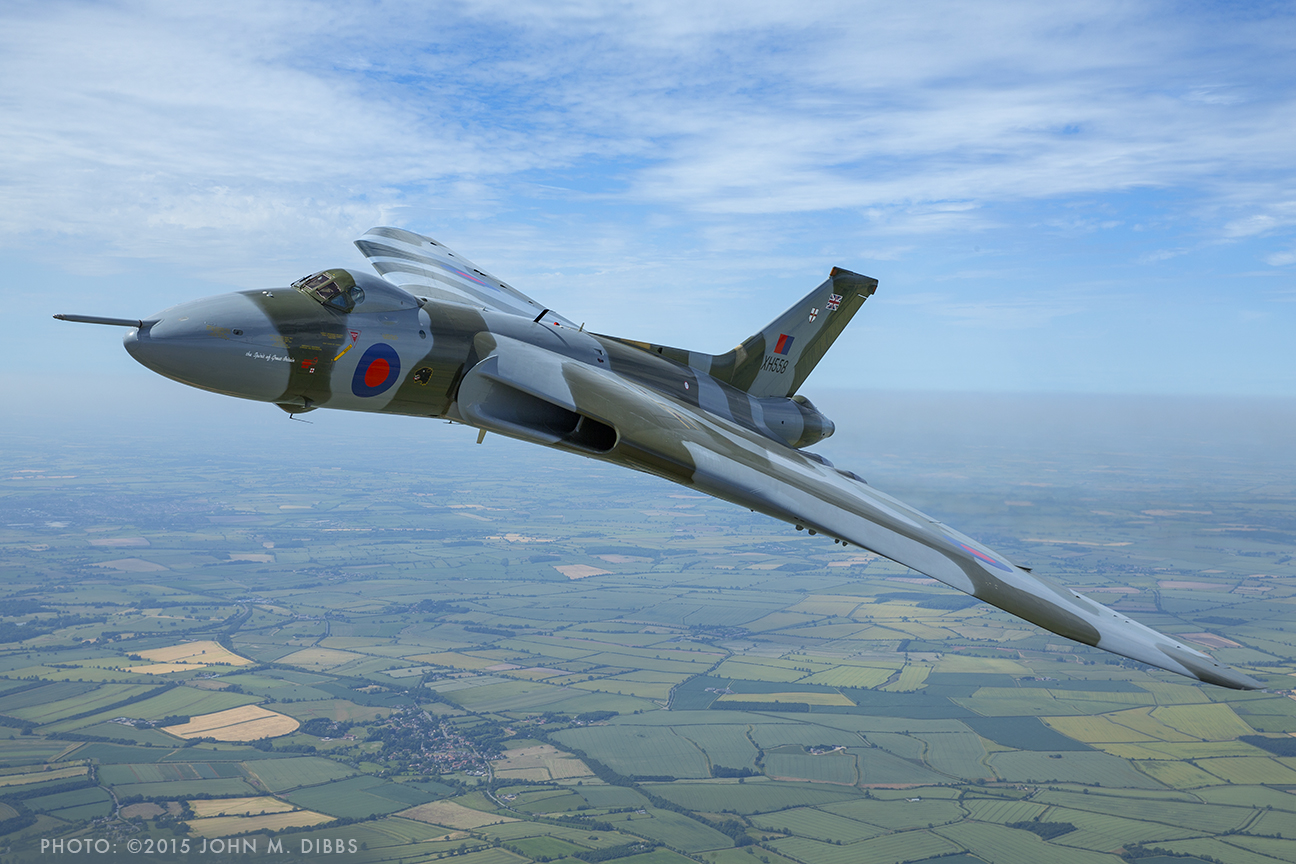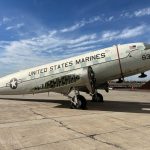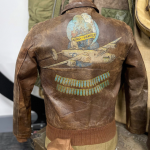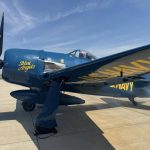B-17G Thunderbird Update: February 10, 2022
by Scott A. Thompson of Aero Vintage
The Mid America Flight Museum’s B-17G (44-85718/N900RW), better known as Thunderbird, remains under heavy maintenance at the Erickson Aircraft Collection in Madras, Oregon. We recently received a status update and further details for what the future may hold for this significant aircraft.
As most readers will know, Thunderbird was based for many years with the Lone Star Flight Museum, first in Galveston, Texas but more recently in Houston. However, Lone Star has been gradually parting with many of its more prominent exhibits in recent years, parting with the B-17 in December 2020, selling it to the Mid America Air Museum’s founder and president Scott Glover, who maintains his collection in Mount Pleasant, Texas.
Shortly after the purchase, Thunderbird made the journey to Madras, Oregon to undergo heavy maintenance with Erickson’s team, a process which continues into 2022. Chris Brame’s images from last October reveal some of the maintenance effort which the B-17G is receiving.

Among the work underway is a wing attachment inspection, as required by a 2001 FAA Airworthiness Directive, to ensure the proper condition of the bolts, terminal wing fittings, and spar tubes in the wing spar attachment point for the forward and rear spars of both wings. The control surfaces have also been removed for recovering. Other aircraft systems are receiving a thorough review with an ‘inspect and repair as needed’ approach. The Erickson Aircraft Collection’s crew performing this work is familiar with the B-17 maintenance requirements based upon their accrued experience with the museum’s own B-17G (44-8543/N3701G), presently known as Ye Olde Pub. At present, there is no firm completion date for Thunderbird’s maintenance effort; it will be done when it is done.


As for Thunderbird’s future, the Mid America Flight Museum has expressed no intent for the aircraft to participate in an FAA Living History Flight Experience program. In other words, the museum will not be selling rides or touring the Flying Fortress; it will remain based at Mount Pleasant along with the other aircraft in the collection.
The B-17 may gain a new paint scheme in the future and, presumably, a new name and nose art. It has carried the Thunderbird livery since 1987, when Lone Star’ founder, Robert Waltrip, had the airplane refinished to replicate the combat veteran B-17G 42-38050, which flew with the 303rd Bomb Group as Thunderbird from England during World War II.
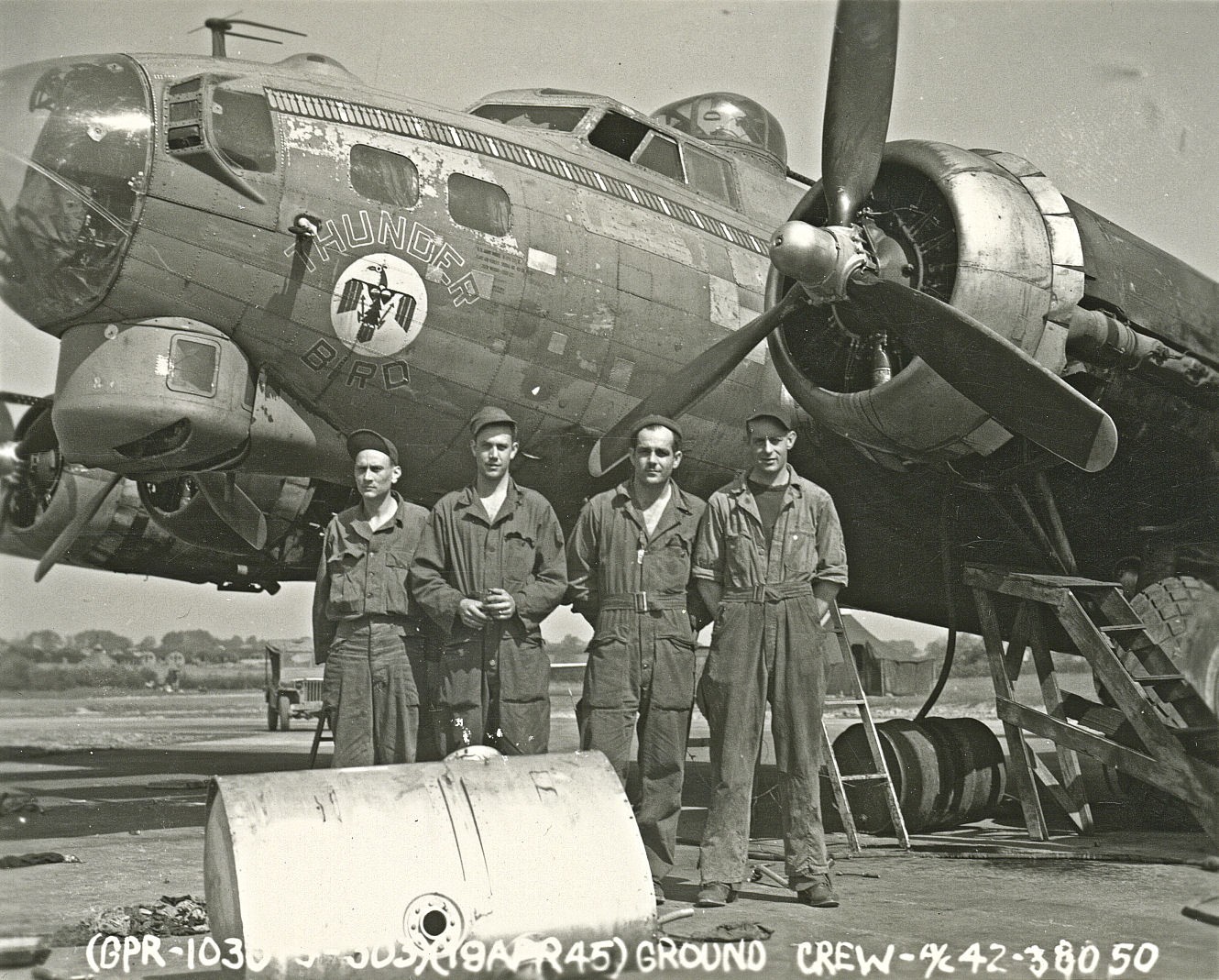
As for B-17G 44-85718’s history, Lockheed delivered her to the U.S. Army Air Forces on May 8th, 1945, a day after the European war ended. The aircraft went directly into storage as a result. France’s Institut Geographique National (IGN) bought the B-17 from a surplus yard at Altus, Oklahoma, (along with three other brand new B-17Gs) in late 1947. The aircraft became F-BEEC on the French civil registry, and spent four decades as a survey platform, alongside a further dozen examples of the type, on geographic exploration missions which spanned much of the world. The IGN retired F-BEEC in 1984, after which the noted English warbird collector, Doug Arnold, acquired the airframe, registering the aircraft in Britain as G-FORT. Robert Waltrip acquired the aircraft for the Lone Star Flight Museum in 1987 – the aircraft making an epic cross-Atlantic journey to the USA not long after. Interestingly, the B-17 still retains a few external vestiges of its French survey modifications, these being the windows installed in the lower forward fuselage, just aft of the plexiglass nose and the plexiglass nose piece itself. Mid America Flight Museum has no plans to return the nose section to a standard B-17G configuration, so these indicators of the airframe’s prior use will remain intact. For those interested, the book Final Cut: The Post-War B-17 Flying Fortress and Survivors has a more in-depth depiction of this aircraft’s history, both with text and images.
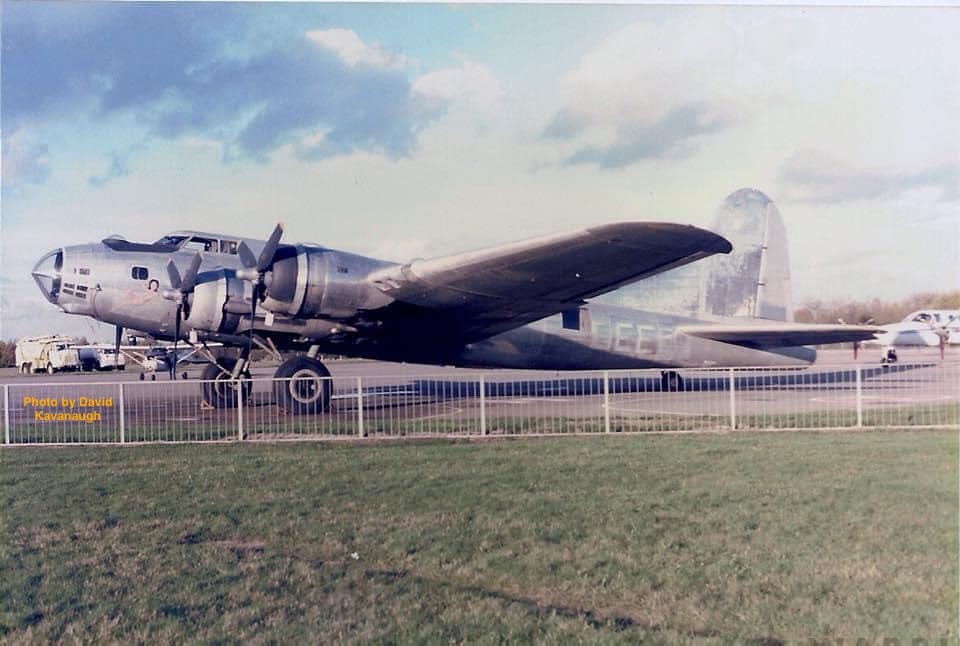
Many thanks indeed to Scott A. Thompson (and Chris Brame) for allowing us to reproduce this article (with slight edits) describing Thunderbird’s present condition… his book, Final Cut: The Post-War B-17 Flying Fortress and Survivors is the gold standard when it comes to the airframe history it describes!







